Biosecurity is a key issue for Niall Blair, NSW Minister for Primary Industries, Regional Water, Trade and Industry. “I was unlucky enough to be in the UK when foot-and-mouth disease broke out [in 2001] and I’ve seen firsthand the impact on the community something like that can cause,” he says. “My fear is it’s an issue we have been a bit complacent about in this country.”
The Minister says more needs to be done to protect Australia’s biosecurity. He would like to see more levies (which are imposed by the federal government) on containers coming into Australia’s ports, with the money raised then directed into biosecurity measures. And while he believes farmers do the right thing when it comes to biosecurity on farm, the general population is complacent because most people don’t understand the impact of their actions. The challenge, he says, is to raise awareness – but it’s an area that won’t change overnight.
*Read here about how sorghum farmers are suing for
damages after purchasing bags of seeds allegedly contaminated
with the noxious weed shattercane.
*READ here how sorghum farmers are suing for
damages after purchasing bags of seeds allegedly contaminated
with the noxious weed shattercane.
WHAT ON FARM MEASURES SHOULD YOU BE TAKING?
Ian McColl, sheep farmer and chair of NSW Farmers’ Biosecurity Committee, agrees that the agricultural industry needs to raise the level of understanding of biosecurity and its potential impacts on farms. Not only are introduced pests and diseases from other countries risky, he says, but farm-to-farm biosecurity is also important.
With diseases and parasites like footrot, Johne’s disease and lice able to have a major impact on a farm’s production, a biosecurity plan should be key to all farming operations.
For example, before introducing any new livestock on farm, Ian says best practice is to get a health declaration from the vendor to ensure the quality of the stock being purchased, and then to quarantine them for 30 days to minimise the risk to the whole enterprise.
In the current
drought situation, ensuring hay and grain is fit for purpose is also important, as is identifying its origins and if any weeds are a concern. “Farmers can be assured if they have good biosecurity protocols it will help in the event of any outbreak,” Ian says.
ORGANIC GROWERS KEEPING IT CLEAN AND GREEN
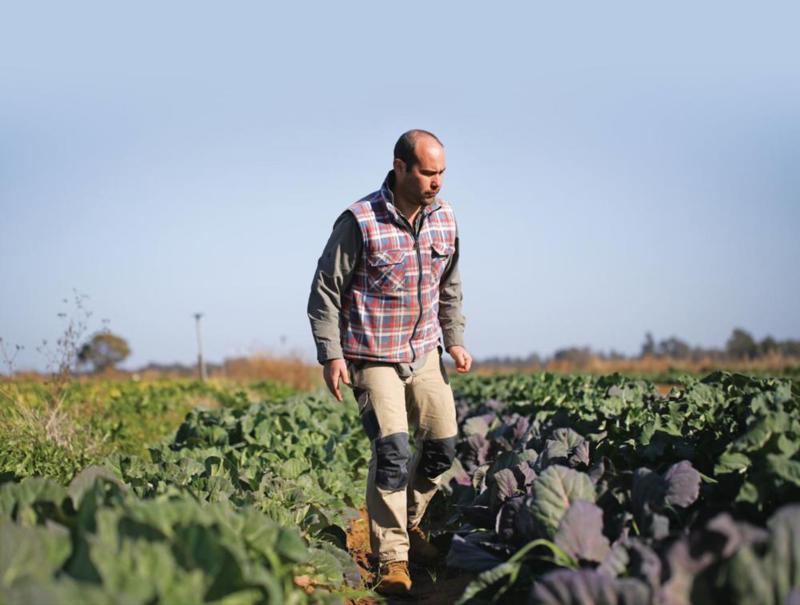 Riverina grower Brendan Murray inspects his organic green cabbage, red cabbage and broccoli crops.
Riverina grower Brendan Murray inspects his organic green cabbage, red cabbage and broccoli crops.
Biosecurity is stepped up a notch on the Murray family’s property at Coleambally in the Riverina because of its organic certification. Brendan Murray, who manages the NSW arm of Nature’s Haven, grows organic vegetables including onions and pumpkins on 140 hectares.
He says biosecurity is very important as it can affect being able to send produce to markets.
“Our aim is to ensure we don’t have any problems [pests or disease] to start with, as normally they are controlled with a conventional fix – and if we had to do that, we would lose our organic certification.”
*READ how South Australian scientists are recommending the release of herpes virus as a way to control the pest carp population.
This makes regular checks for any signs of pests or disease around the farm essential. “We employ someone who comes and checks the crops twice a week, who isn’t looking at the things we are every day, and is an extra set of eyes, to make sure we haven’t missed anything,” he says.
Other precautions include sanitising machinery and plastic harvest bins with a hot pressure washer, ensuring that employees wear clean clothes and use clean gloves every day, and making a rule that anyone visiting the farm must report to the office.
WHAT FARMERS LEARNT FROM BIRD FLU
“We are a better business after going through bird flu” - Brett Langfield, Riverina egg and stock feed producer.
.jpg) A quarantine sign warns visitors to stay away following the 2013 outbreak of avian influenza at the Langfield brothers’ egg farm.
A quarantine sign warns visitors to stay away following the 2013 outbreak of avian influenza at the Langfield brothers’ egg farm.
Egg and stock feed producers Brett, Justin and Simon Langfield never expected they’d have to deal with avian influenza. But in October 2013 the brothers’ company experienced an outbreak of the H7 strain on their egg farm at Bendick Murrell, near Young in the Riverina.
Brett says they started moving to a free-range bird system in 2010 and, following the requests of the industry for a maximum of 10,000 birds per hectare on free-range sites, they opened up to the larger range areas in 2013. Soon after, the bird flu struck.
“I’m confident that we were infected from wild ducks landing on the range areas and coming into contact with our birds,” he says.
The bird flu (which was not the H5N1 strain that kills humans), resulted in all birds on their layer site being slaughtered and their entire business shut down.
“We managed to hold on to all of our staff during the clean-up process, helping the DPI, and in nine months we were back to full production for our egg numbers,” Brett says.
Their company, LPC Trading, now has 480,000 laying hens – 280,000 caged and 200,000 free-range – a commercial feed mill producing over 110,000 tonnes of feed a year, a poultry-rearing facility and a transport division with more than 60 staff.
While biosecurity at LPC was strict before the outbreak, it is even more so now. All visitors to the property are required to sign a register on arrival, no rubbish or equipment is left lying around, the poultry farm and feed mill are classed as separate farms, all vehicles are washed via a sanitiser when travelling between farms, and dams have been pushed out to avoid attracting the ducks.
“At the end of the bird flu outbreak we spent a substantial amount of money on roads and infrastructure upgrades because we want to make sure it doesn’t happen again,” Brett says.
“When there is a big biosecurity outbreak like that there is a fear of not knowing, but now we have procedures in place and we are a better business after going through bird flu.
“Biosecurity needs to be at the top of every farmer’s mind because the way the world works now, we can get from one side to another in 24 hours,” says Brett.
WHAT ARE THE TOP AUSTRALIAN BIOSECURITY CONCERNS?
1. FOOT-AND-MOUTH DISEASE
The disease that puts fear into all livestock farmers, foot-and-mouth (FMD) is a highly contagious viral disease, mostly affecting cattle, sheep, goats, pigs and buffalo. It is characterised by fluid-filled blisters and erosions. It doesn’t occur in Australia but the 2001 outbreak in the United Kingdom – when 6 million sheep, cattle and pigs were slaughtered and burned – is still fresh in people’s minds.
FMD is endemic in many parts of the world and experts believe FMD-contaminated food product is the most likely way it could enter Australia. A 12-month duration large-scale outbreak could cost the country $16 billion. FMD is spread by movement, which is why the National Livestock Identification System was developed. NSW has strict laws about swill-feeding to pigs, the likely cause of outbreaks overseas.
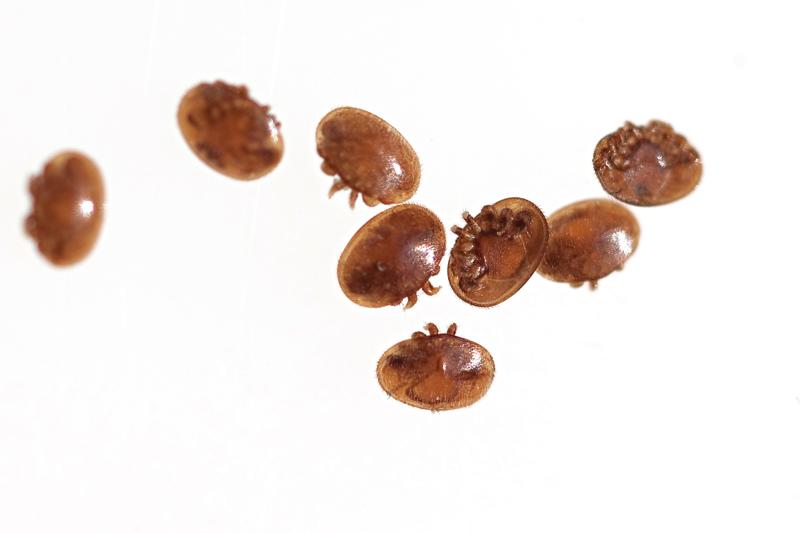 2. VARROA MITE
2. VARROA MITE
The most serious pest of honey bees worldwide, Varroa mites infect honey bees in every major beekeeping area of the globe, except Australia. However, Varroa destructor – the most deadly form of the pest – was found on a colony of honey bees nesting on a ship that docked at the Port of Melbourne in June. The bees were exterminated.
Despite a big effort by government and industry to keep them out of Australia, it’s almost inevitable that varroa mites will eventually establish here. This will have a serious effect on the honey crop and horticultural pollination services.
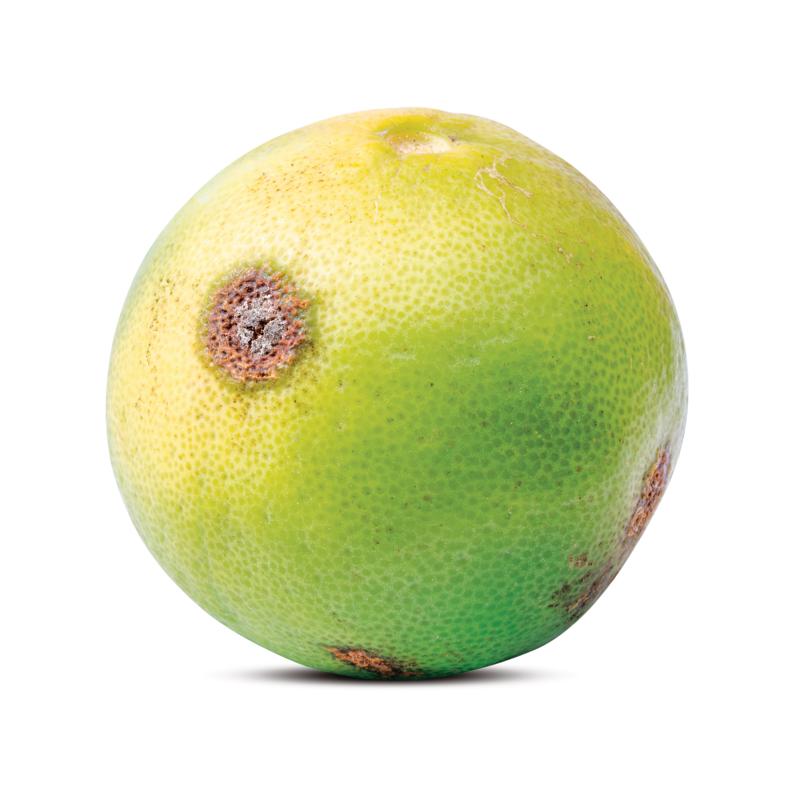 3. CITRUS CANKER
3. CITRUS CANKER
A contagious plant disease which can affect all above-ground parts of citrus, and can lead to defoliation, dieback, blemished fruit and premature fruit drop. The canker itself is a small brown lesion that occurs on the plant surrounded by a round, yellow halo and is spread via wind, rain and human assistance due to infected tools or plants.
It is widespread in many tropical and subtropical citrus-growing areas of the world and Australia has had a number of outbreaks. NSW currently bans the entry of citrus from the Northern Territory as a precaution.
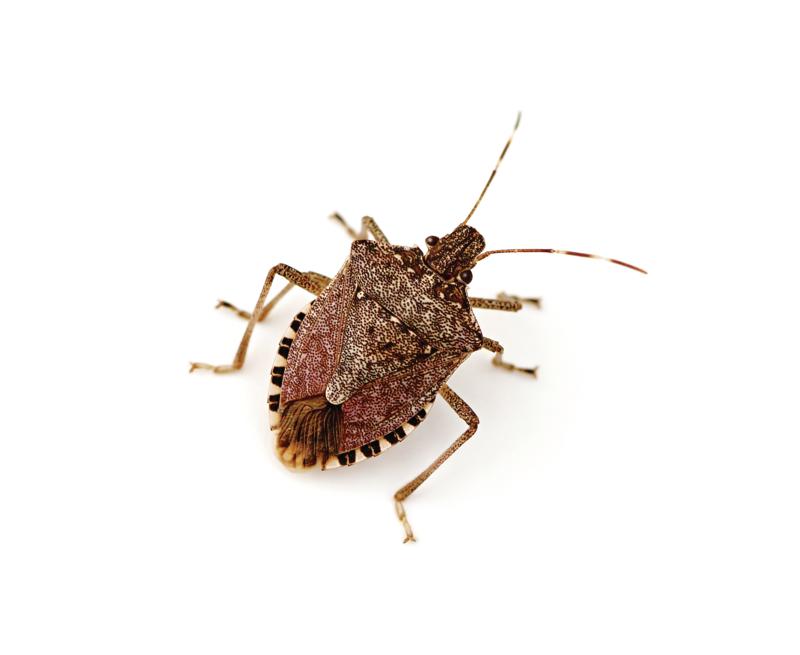 4. BROWN MARMORATED STINK BUG
4. BROWN MARMORATED STINK BUG
An exotic plant pest which poses a serious threat to Australia’s horticultural industries. In NSW, it is a notifiable plant pest. The bug feeds on a wide range of fruiting plants, preferring apples, peaches, raspberries, sweet corn, green beans, capsicums and tomatoes.
It was found in warehouses in Sydney over the 2017-18 summer, in consignments of tiles originating in Italy. Selected exports from Italy and other countries will now be fumigated before arrival in Australia.
A fungal disease of lupin plants that causes the stems to twist and break and dead patches to appear on the leaves and pods. It can result in complete crop losses in susceptible varieties.
The disease was detected on six farms in three shires in the NSW Riverina for the first time in October 2016, but after an eradication strategy, there was no sign of the disease in late 2017. Monitoring will continue this year. To help support eradication, residents of the three affected shires are not permitted to grow ornamental lupin plants, and a five-point management plan is recommended by NSW DPI for all lupin growers.
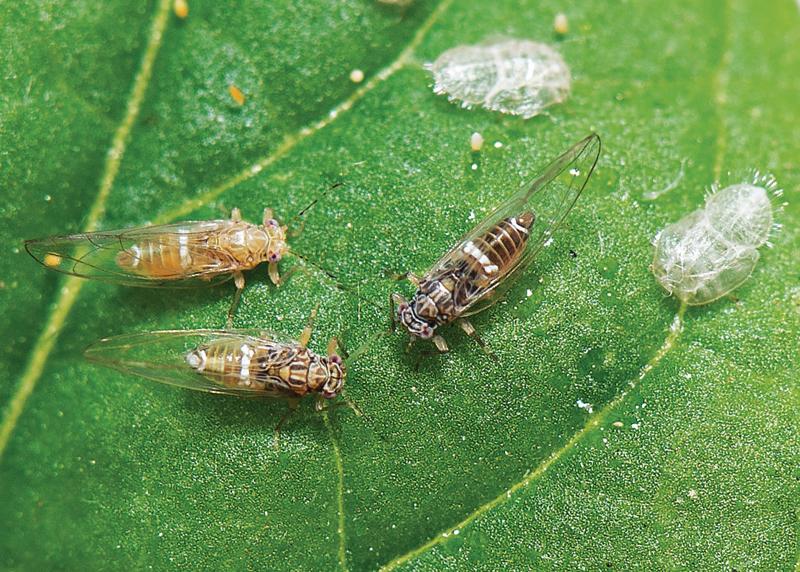 6. TOMATO POTATO PSYLLID
6. TOMATO POTATO PSYLLID
An exotic plant pest first detected in Australia in February 2017 in and around Perth. The sap-sucking insects can affect tomatoes, potatoes, capsicums, chillies, eggplants and sweet potato. Symptoms include yellowing, cupping and narrowing of individual leaves and the development of a purple tinge, resulting in loss of plant vigour and yield.
After it appeared in WA, the NSW DPI imposed restrictions on the importation of host plant material (including fruit), used agricultural machinery and used packaging.